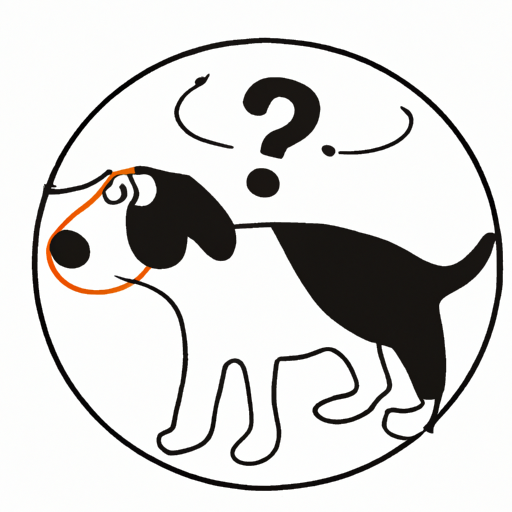Understanding Your Dog’s Behavior
As a caregiver, you’ve likely seen your furry friend engage in some peculiar activities. One of the most common and intriguing is when dogs seemingly go in circles for no apparent reason. This behavior, which can appear puzzling to us humans, is actually quite normal in the canine world and can be attributed to a variety of factors.
The Importance of Instinct
- Preparation for Rest: Dogs have inherited many behaviors from their wild ancestors. One of these is the act of turning in circles before laying down. This behavior was useful in the wild to help flatten tall grass or snow and create a comfortable, safe spot to rest. Your dog’s circling could simply be an instinctual behavior.
- Chasing Tails: Young dogs and puppies often chase their own tails as a form of play. This behavior can also be a way for them to satisfy their predatory instincts. However, if your adult dog is constantly chasing its tail, it could be a sign of a medical or behavioral issue.
Possible Health Concerns
While circling can be a harmless, instinctual behavior, it can also be a sign of health problems. If your dog is circling excessively and showing signs of distress, you should consult a veterinarian.
Some possible health concerns include:
- Ear Infections
- Neurological issues
- Cognitive Dysfunction Syndrome in senior dogs
| Issue | Symptoms | Potential Treatment |
|---|---|---|
| Ear Infections | Head shaking, imbalance | Antibiotics, cleaning |
| Neurological Issues | Seizures, changes in behavior | Medication, surgery |
| Cognitive Dysfunction | Disorientation, changes in sleep patterns | Medication, diet change |
When to Seek Professional Help
It’s important to monitor your dog’s behavior and know when to seek help. If your dog’s circling is accompanied by other unusual behaviors such as loss of appetite, lethargy, or aggression, it’s time to consult a professional. Remember, as a caregiver, you know your pet best. Trust your instincts and don’t hesitate to seek help if you’re concerned.
Keeping Your Dog Stimulated
Sometimes, dogs may circle out of boredom. Ensuring that your dog receives enough physical and mental stimulation can help alleviate this. Try incorporating more playtime into your dog’s routine or introducing new toys or activities.
Remember, every dog is unique. What works for one dog may not work for another. Patience and understanding are key in finding what works best for your pet.
Frequently Asked Questions
Q: Is it normal for dogs to circle before lying down?
A: Yes, it’s a common instinctual behavior inherited from their wild ancestors.
Q: My dog is chasing its tail a lot. Should I be worried?
A: Occasional tail chasing, especially in puppies, is normal. However, if it’s excessive, it might be a sign of a medical or behavioral issue.
Q: What should I do if my dog is circling excessively?
A: If your dog’s circling is causing distress or is accompanied by other concerning behaviors, consult a veterinarian.
Q: Can I prevent my dog from circling?
A: In many cases, circling is a normal behavior and doesn’t need to be prevented. However, ensuring your dog has enough physical and mental stimulation can help if the behavior is due to boredom.



